
Why That Tiny Blister Feels Like a Big Deal
Ever had one of those days where you’re walking, living your best life, and suddenly… uh, what is that—ouch? Your pinky toe starts screaming out for attention, thanks to some sneaky, little blister that showed up like an uninvited guest at a wedding. Ignore it? I’ve tried. Suddenly, walking turns into limping, running errands becomes a mission, and—yep—the whole world shrinks down to that one, miserable toe.
Blisters seem minor at first. Just a bubble, right? But let one go and you’re in new-shoes hell. That ache can ruin your workout, sideline your hiking plans, or just make you grumpy all weekend. Ask me how I know. So, let’s swap “powering through the pain” for some seriously friendly pinky toe blister treatment you can try today. No lectures. No shame. Just real solutions that actually work—because I want you back on your feet, not sulking on the couch.
How Do Pinky Toe Blisters Even Happen?
I used to think blisters were only for marathon runners or folks with wild new shoes. Sadly, nope. They pop up wherever friction hangs out—like little trophies for walking too far in less-than-perfect footwear.
Is It Always the Shoes?
Pretty much. Most pinky toe blisters come from skin rubbing up against shoes or socks, especially if they’re new, too tight, or just a bad match for your foot’s shape. Sometimes, sweaty socks or rainy days amp up the trouble. And let’s not forget marathon shopping trips, hiking adventures, or even just a much-too-long commute—those can do it, too.
Shoes vs. Socks vs… Ambition?
I still remember the first time I moved apartments in the middle of summer, wearing old sneakers with holes in the sides, thinking, “They’re broken in—they’ll be fine.” Lies. By hour two, my pinky toe was fiery red, then came the bubble. Lesson learned: “Broken in” doesn’t mean “blister-proof.” If you’ve ever gotten a blister mid-walk (or run!), this post on Blister on bottom of pinky toe from walking will feel way too familiar.
What Else Is to Blame?
Moisture. (Seriously, sweat makes everything worse.) Dehydration. Sometimes even allergies, burns, or skin infections can trigger a blister. But for most of us, that little toe’s just trapped in a friction dance between sock and shoe.
Let’s Talk Types… Just for a Sec
There are clear blisters (serum), blood blisters (ow), and pus-filled ones (gross and probably infected—don’t ignore these). Figuring out which you’ve got helps you decide: “be patient” or “time to see a doc.”
Should You Pop That Blister? Or—Yikes—Just Leave It?
We’ve all been there, staring at that little bubble, wondering, “Is it better if I just… pop it?” Here’s the deal—resist the urge (unless it’s huge or making you walk weird). Yeah, trust me, I know how tempting it is. But your body made that blister as a built-in healing pad. Popping it can open the door to germs and, uh, way more drama than you want.
Why Waiting Pays Off (Really)
When you leave the blister alone, that fluid cushions and protects the damaged skin while it heals. Quick aside: there was this one time at the gym, sprinting for the finish, and I decided to “just handle” a blister. Spoiler alert: it got infected. Not fun. Wish I’d waited it out.
Here’s the 101 on Good Pinky Toe Blister Treatment
- Clean the area gently with water and mild soap.
- Cut a little “donut” from moleskin or soft felt and stick it around (not on!) the blister for padding (research on simple foot blister care agrees).
- If it’s small, keep it covered with a loose bandage.
- Try not to wear the shoes that caused it (easy to say, I know).
Basically, let the body do its thing and keep the area clean and cushioned. Patience tastes better than antibiotics, trust me.
But What If You Have to Pop It? (Been There Too!)
If your blister’s so big you can’t walk… okay, you can try the “safe pop.” Just… be gentle, okay? Here’s the safest way:
- Wash your hands and toe with soap and water first.
- Sterilize a needle (alcohol, flame, whatever you have that won’t kill you).
- Prick the blister at the edge, drain the fluid—but leave the “roof” (skin) in place.
- Pat dry, add antibiotic ointment, and cover with a loose, clean bandage.
Check for signs of infection every day. (If it gets redder, warm, oozes, or hurts more—doctor time!)
| Intact Blister | Drained Blister |
|---|---|
| Natural protection—less infection risk | Releases pain/pressure but needs extra care |
| Just pad, cover, and wait | Apply ointment & change dressing |
| No shoes that rub! | Monitor closely for redness or pus |
Natural Remedies That Actually Work (Promise!)
Okay… what about “natural” pinky toe blister treatments? You know—stuff in your kitchen or bathroom cabinet, not weird mystery creams.
Will Aloe Vera Really Help?
Yes, aloe vera is the “mom’s favorite” for a reason. Cool, soothing, anti-inflammatory magic. Dab a little gel on the blister; you might feel a tingle, that means it’s working. Rinse with warm water after it dries, and do it a couple times a day. (It even helps reduce any redness or swelling according to Healthline.)
Have You Tried Green Tea?
Sounds odd? Hear me out. Green tea isn’t just for sipping—it’s packed with healing antioxidants. Brew a bag, cool it off, and lay it gently on your blister for a while. Or dab some brewed tea on with a cotton ball. Bonus: it can reduce swelling and pain naturally (“How to heal blisters on feet overnight” isn’t just clickbait—it works!). Next time you’re stuck at home, try it—your feet will thank you.
Other Simple Home Fixes
- Coconut oil: Natural moisturizer. Dab a little on after washing the area.
- Tea tree oil: Mix a drop or two into a carrier oil. Helps keep things clean, but don’t go overboard—a little goes a long way.
- Eucalyptus oil: Mix with a bit of olive oil for a gentle, bacteria-busting blend.
If you want the full run-down on home fixes, pop over to How to heal blisters on feet overnight.
Aftercare: Heal Fast, Stay Comfy
Once the pain fades, don’t just toss your bandages and run a marathon (tempting, though). Be kind to that toe—give it time, cover until healed, and stick to comfy shoes for a few days.
Little Habits, Big Payoff
Try these:
- Switch to moisture-wicking socks, especially for workouts or hot days.
- Avoid tight, stiff shoes for a week (your toes deserve space).
- Let the blistered spot breathe at night. Fresh air = happy skin.
- Keep checking for any new blisters—especially after long days.
And if you do end up with another (life happens), come back to this guide… or try the advice at Blister on bottom of pinky toe from walking—there’s always a new hack to discover.
Some Stories…Because It Happens to Everyone
I once met a guy at a trail run who forgot his socks (seriously). By the end, his pinky toe looked like a tomato inside a water balloon. He wrapped it in tape and kept going, but—surprise—it got infected. Lesson: Plan ahead. Every seasoned walker, runner, or even casual day-tripper has their own cringe-y blister story. Share yours below. Let’s swap war wounds… and maybe prevent someone else’s next big ouch.
Can Prevention Really Save You?
Absolutely, yes. The best pinky toe blister treatment is not needing one at all.
- Test new shoes out inside—before hitting the streets.
- Break in shoes slowly.
- Layer that moleskin on suspected “hot spots” before trouble starts.
- Stay dry—switch out socks if you get sweaty or caught in the rain.
- If you’re a hiker or runner, How to heal blisters on feet overnight has some fantastic overnight tips to stop a disaster before it starts.
Even “blister socks” exist—double-layer socks that reduce friction so much, you’ll wonder why you waited so long to grab some.
Red Flags: When It’s NOT Just a Blister
Let’s be real—sometimes it’s more than just a bubble. If your blister gets painful, redder, super swollen, or starts oozing—especially if you get a fever—call your doctor. This stuff matters extra if you have diabetes or a medical condition that affects healing.
Quick List: When to Worry
- Red streaks creeping up your foot or leg.
- Pus (not just clear fluid). Yuck.
- Pain that keeps you up at night or spreads.
- Any signs of infection if you’ve got other health issues.
Trust your gut. If it feels off, if it looks infected, don’t wait—get it checked so you can get back to living, not just limping.
Wrap-Up: Listen to Your Feet
If you’re still reading, I’m guessing you’ve dealt with your share of “tiny blister, huge drama” days. Or maybe you’re just blister-curious (honestly, me too). The main thing? This isn’t just a pinky toe problem—it can throw off your whole vibe. Give that little toe some TLC. Listen to your feet, treat them kindly, and don’t be shy about using natural tricks or simple bandages as needed.
Pinky toe blister treatment is—ironically—a lot about not doing much. Resist popping, keep things clean, and pad the spot like your toe’s a VIP. Try aloe, green tea, or even coconut oil for a healing boost, and wear comfy shoes while you heal. Prevention is your BFF, but when in doubt, revisit pro tips at How to heal blisters on feet overnight and keep experimenting with what your feet love.
So, next time a blister messes with your plans, take a breath, grab some moleskin or aloe, and show it who’s boss. Got your own pinky toe horror story? Share in the comments—let’s help each other out, laugh a bit, and get back on our feet faster!

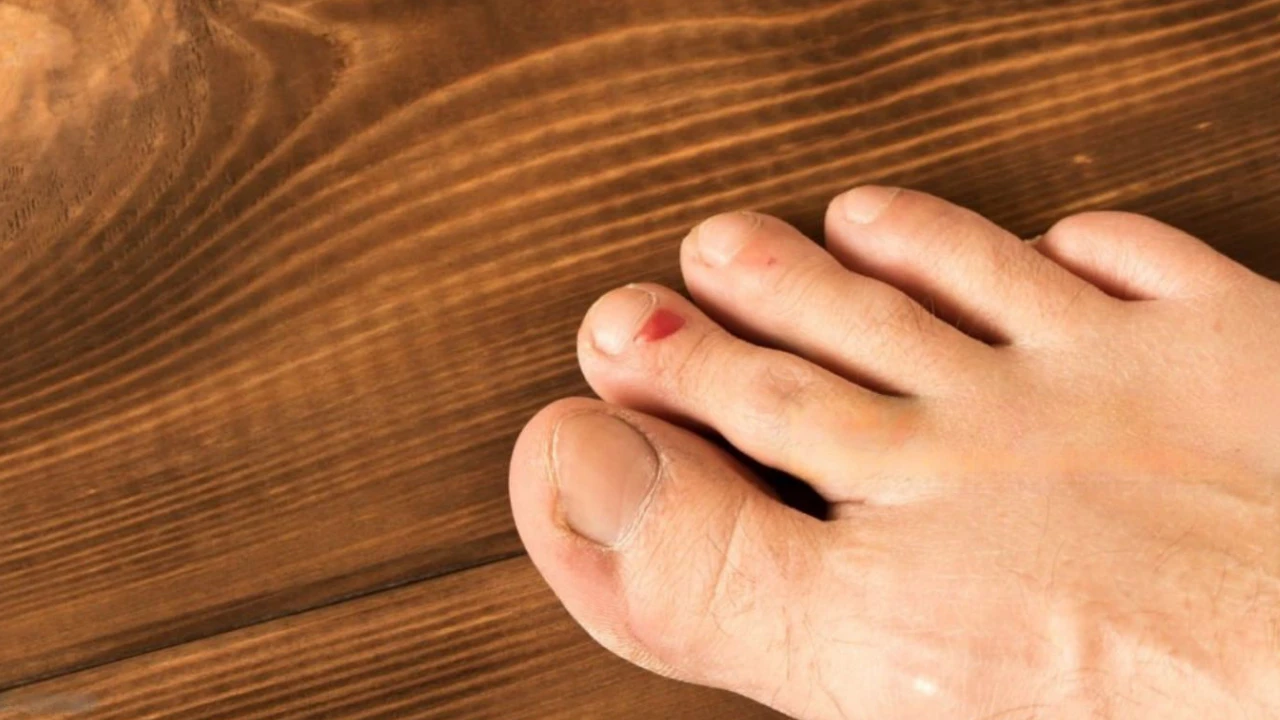



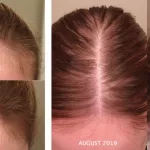

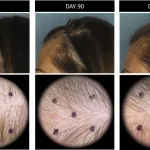



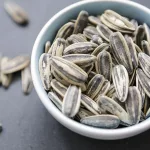
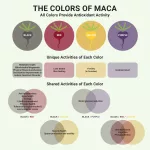

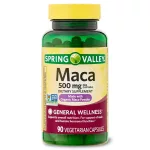
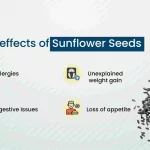


Leave a Reply
You must be logged in to post a comment.